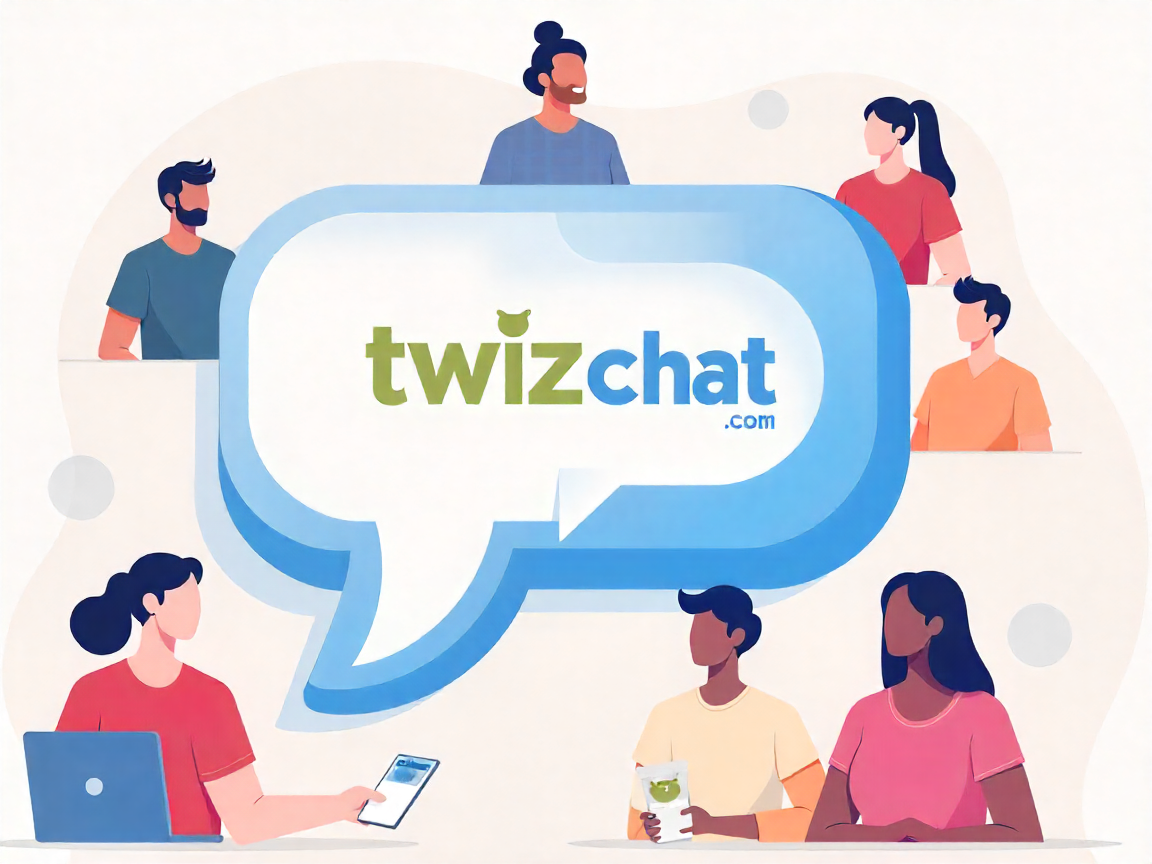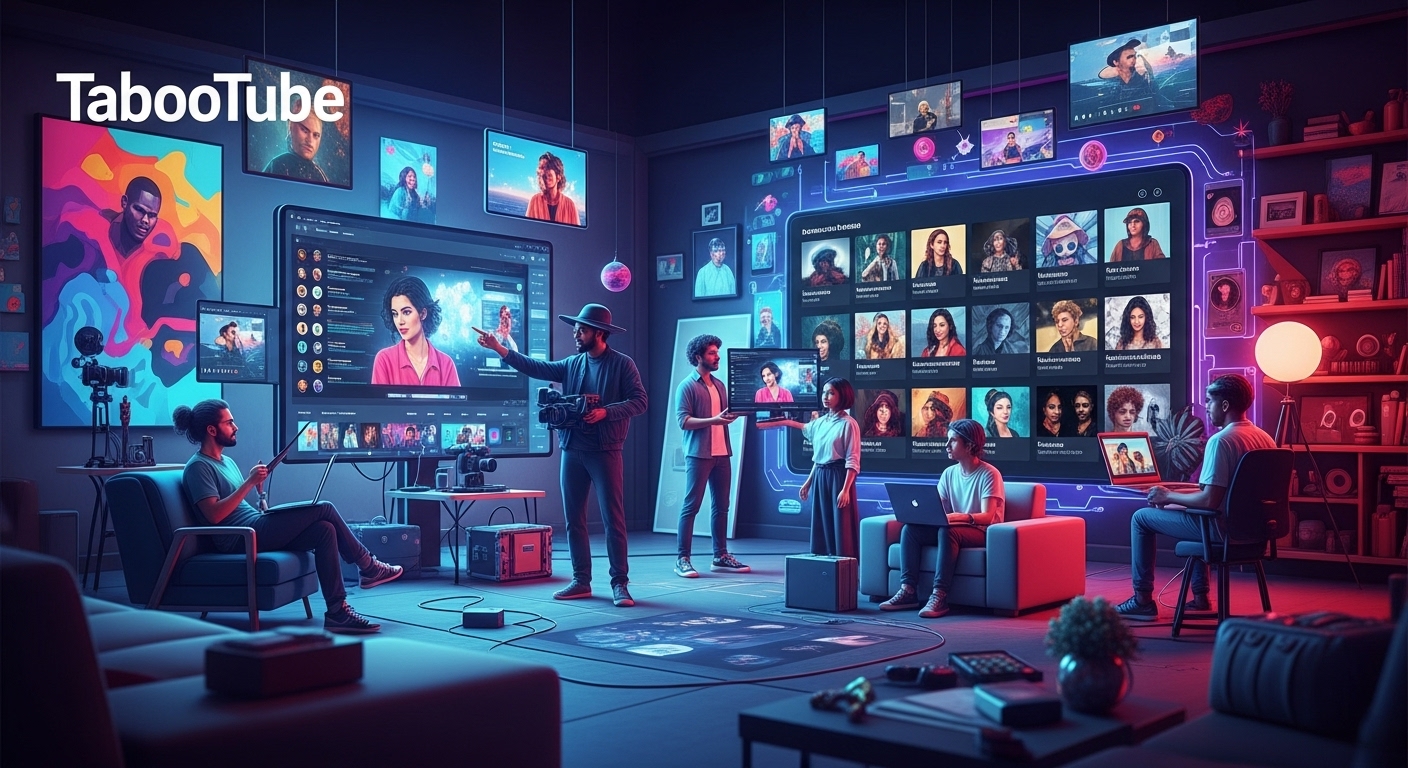Introduction
In an era dominated by communication giants like WhatsApp, Discord, Slack, and Zoom, new platforms often struggle to differentiate themselves from these established players. Yet Twizchat com has been making quiet waves across blogs and tech discussions. Unlike bloated apps, Twizchat positions itself as a minimalist, browser-only chat tool designed for instant conversations without downloads, accounts, or long onboarding processes.
This article provides an in-depth examination of twizchat com — its features, promises, limitations, and the broader context in which it operates. We will also examine the surrounding narratives being promoted online, from privacy claims to suggested use cases, before weighing their potential future in the chat ecosystem.
What is Twizchat com?
Twizchat com is a browser-based messaging platform that allows anyone to create or join a chat room in seconds. Users only enter with a surname, share a link or code, and start chatting. There is no need for sign-up, app installation, or email verification.
Its main base is simplicity: remove the complications of modern messaging apps and return to a simple, immediate chat experience. Where many platforms integrate bots, voice/video, as well as enterprise tools, Twizchat instead emphasizes a sharp and personal way to exchange messages in real-time.
Key Features (As Reported Across Blogs)
While there’s no comprehensive official documentation, numerous tech blogs and niche review sites have outlined the following features:
- Browser-only access
Works on any modern browser across desktop, tablet, and mobile devices. No apps, no downloads. - Nickname-based entry
Users simply type a nickname and join—no accounts required. - Instant chat rooms
Create public or private rooms. Private ones can be locked with codes or a link-only entry. - Temporary rooms
Some write-ups note the ability to set rooms to expire after a session, useful for one-time conversations. - Embeddable widget
Claimed support for embedding chats into websites, making it attractive for creators or educators. - Basic moderation
References to “AI-assisted moderation” are standard, though the exact methods are unclear. - Cross-device compatibility
Because it’s browser-based, chats sync across any device simply by sharing the room link.
Limitations and Missing Elements
While its simplicity is a selling point, many blog reviews highlight significant gaps:
- No voice or video calling
Unlike Discord or Zoom, Twizchat is a strictly text-based platform. - Limited file sharing
File or media sharing options, if present, appear restricted. - No push notifications
Since it’s browser-only, you won’t receive alerts once you close the tab. - Unclear security framework
Some blogs mention end-to-end encryption or minimum data retention, but there is no technical verification document to confirm these claims.
These limitations make it less of a replacement for mainstream apps, but more of a specialized tool for quick, ephemeral interactions.
Claimed Advantages
Despite its simplicity, Twizchat is consistently framed in blog articles as offering several advantages:
- Privacy-first
By not requiring accounts or app downloads, Twizchat reduces the amount of personal data tied to conversations. - Lightweight
No software bloat, no ads, and minimal interface. - Accessibility
Works on any tool with a modern browser; No device or platform lock-in. - Flexibility
Public, private, and temporary chats cater to a wide range of use cases, from casual conversations to class discussions.
Potential Use Cases
Many blogs outline imaginative scenarios for Twizchat’s usage. Some likely reflect marketing narratives rather than real-world adoption, but they help illustrate the platform’s intended versatility:
- Education: Teachers who install temporary Classrooms for class discussions or Q&A sessions.
- Fan Communities: Creators invite fans to a quick, light chat space.
- Small teams: Teams that need one-off collaboration without Slack’s overhead.
- Anonymous support rooms: Spaces for peer support where identities aren’t tied to accounts.
- Event-based interaction: Quick networking room at conference or workshop.
Safety and Security Considerations
With anonymity and instant access comes risk. Most coverage emphasizes the importance of safety practices when using Twizchat:
- Avoid sharing personal information in public rooms.
- Prefer private/temporary rooms for sensitive discussions.
- Be cautious with links and file sharing since moderation is unclear.
The uncertain safety posture of the platform (eg, rejected claims of encryption) means that users should be considered as a casual chat tool instead of one for highly sensitive interactions.
Comparisons to Existing Platforms
- Versus Discord/Slack: Twizchat is far lighter, with no integrations or communities. However, it also lacks persistence, file management, and voice/video capabilities.
- Versus. WhatsApp/Telegram: Unlike these, Twizchat does not require phone numbers or accounts, which increases oblivion but reduces continuity.
- Versus. Zoom/Meat: Twizchat is not favorable for structured meetings or video calls, but can serve as a side-channel chat.
In short, Twizchat is not a direct competitor, but a supplementary tool for top needs.
The Marketing Ecosystem Around Twizchat com
Interestingly, most references to TwizChat com are not from large, established tech publications, but rather SEO-driven blogs and niche review sites. These sites tend to:
- Repeat the same feature lists.
- Frame the tool in terms of privacy-first or minimalist design.
- Provide optimistic but often unverified details (e.g., “AI moderation,” “end-to-end encryption”).
This raises questions about the platform’s actual scale and adoption. Is it a grassroots project amplified by affiliate-style content, or a tool still waiting to find traction?
Challenges to Growth
For Twizchat to sustain itself, it will need to address some key challenges:
- Credibility: Lack of a transparent roadmap or verifiable security documentation undermines trust.
- Differentiation: Competing in a saturated market requires more than being lightweight.
- Retention: Without accounts or notifications, user retention could be difficult.
- Adoption: Without strong community or enterprise backing, it risks remaining a niche curiosity.
The Future of Browser-Based Chat
Regardless of Twizchat’s individual trajectory, it points to a significant trend: the resurgence of lightweight, browser-first communication tools. As mainstream apps grow heavier with integrations, a counter-movement values speed, anonymity, and disposability.
If Twizchat can evolve while staying true to its ethos, it could become a trusted micro-tool for spontaneous digital interactions.
Conclusion
Twizchat com is a complex addition to an already congested chat scenario. Its strength lies in its speed, simplicity, and privacy, but its boundaries – no voice/video, limited perseverance, and vague protection – make it a supplementary tool rather than a replacement for mainstream apps.
Nevertheless, for students, creators, or small teams that require sharp, disposable communication channels, Twizchat offers a refreshing alternative to bloated chat ecosystems.
As the digital communication world oscillates between all-in-one platforms and minimalist solutions, Twizchat embodies the latter. Its future will depend on whether it can build trust, verify its claims, and foster a loyal user base.
Note
This article was prepared with reference to publicly available blog posts and tech features surrounding twizchat com. For more digital insights and platform deep dives, you can always check out my blog at BaddiehubX.




